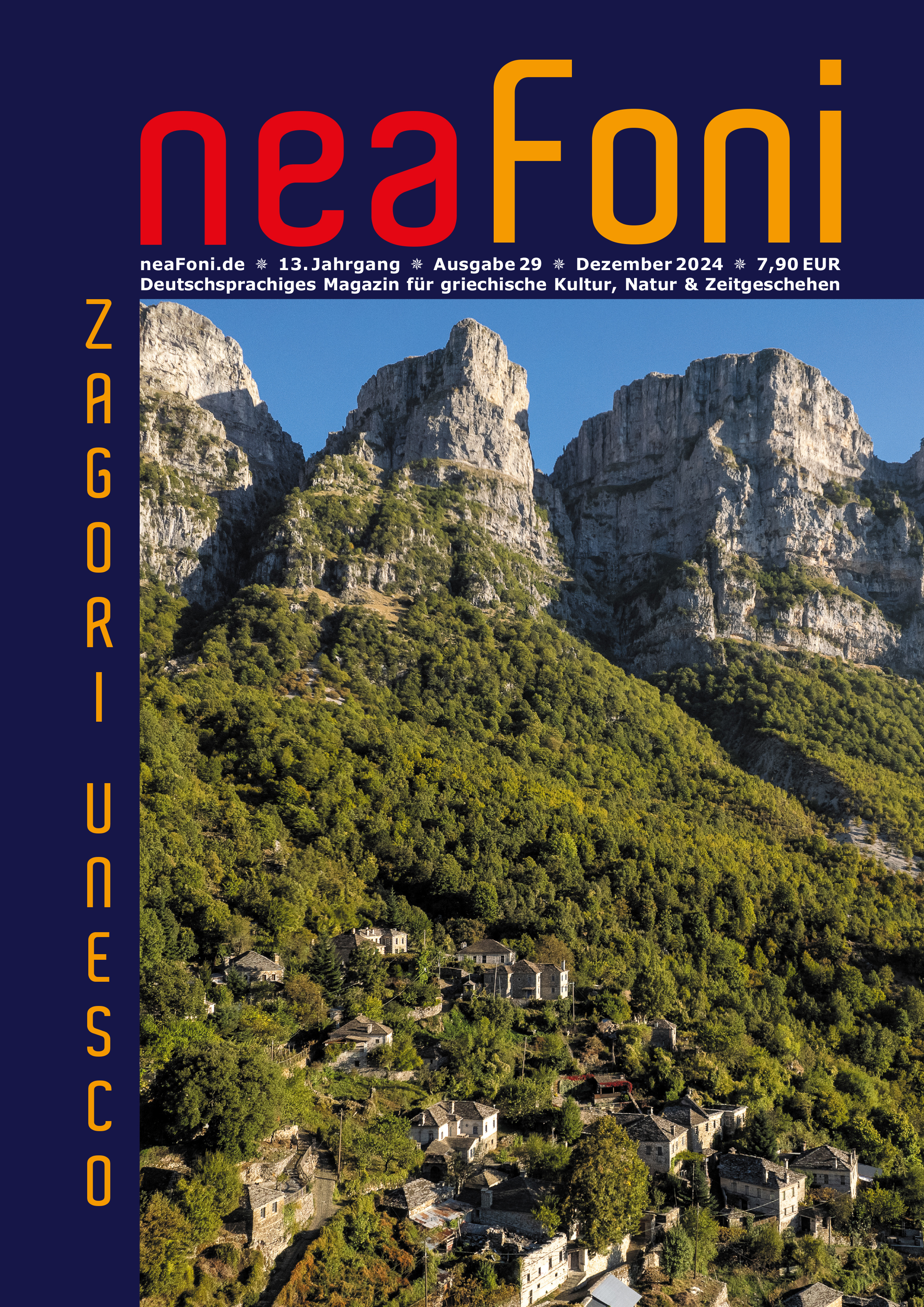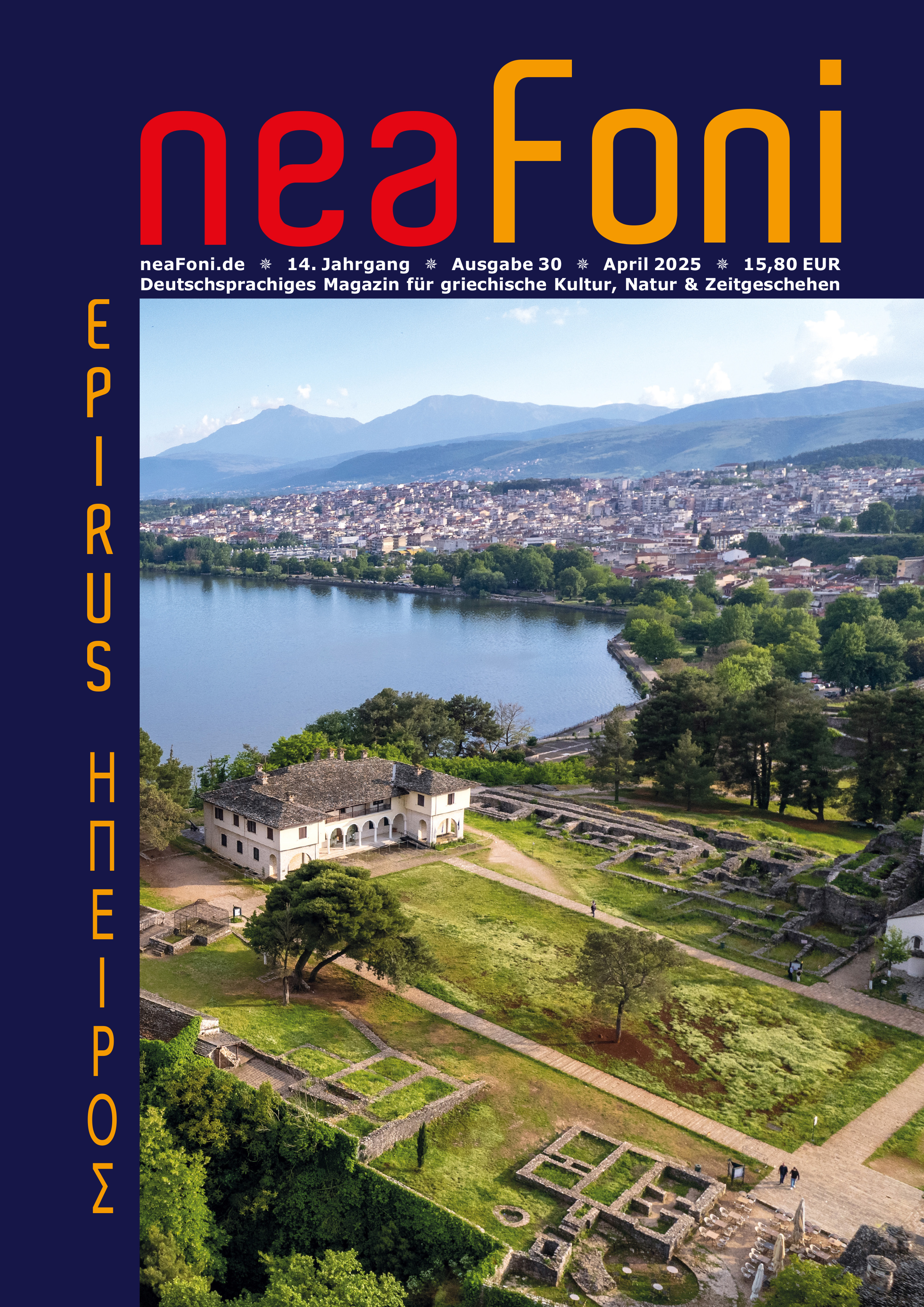Archäologische Museen
88 Wörter 1 Minute 514 × gelesen
Ausgrabungen
200 Wörter 1 Minute 552 × gelesen
Burgen & Festungen
774 Wörter 3 Minuten 448 × gelesen
Festland - Peloponnes
493 Wörter 2 Minuten 785 × gelesen
4 Artikel gefunden in 4 Artikelgruppen
230 Bilder gefunden




